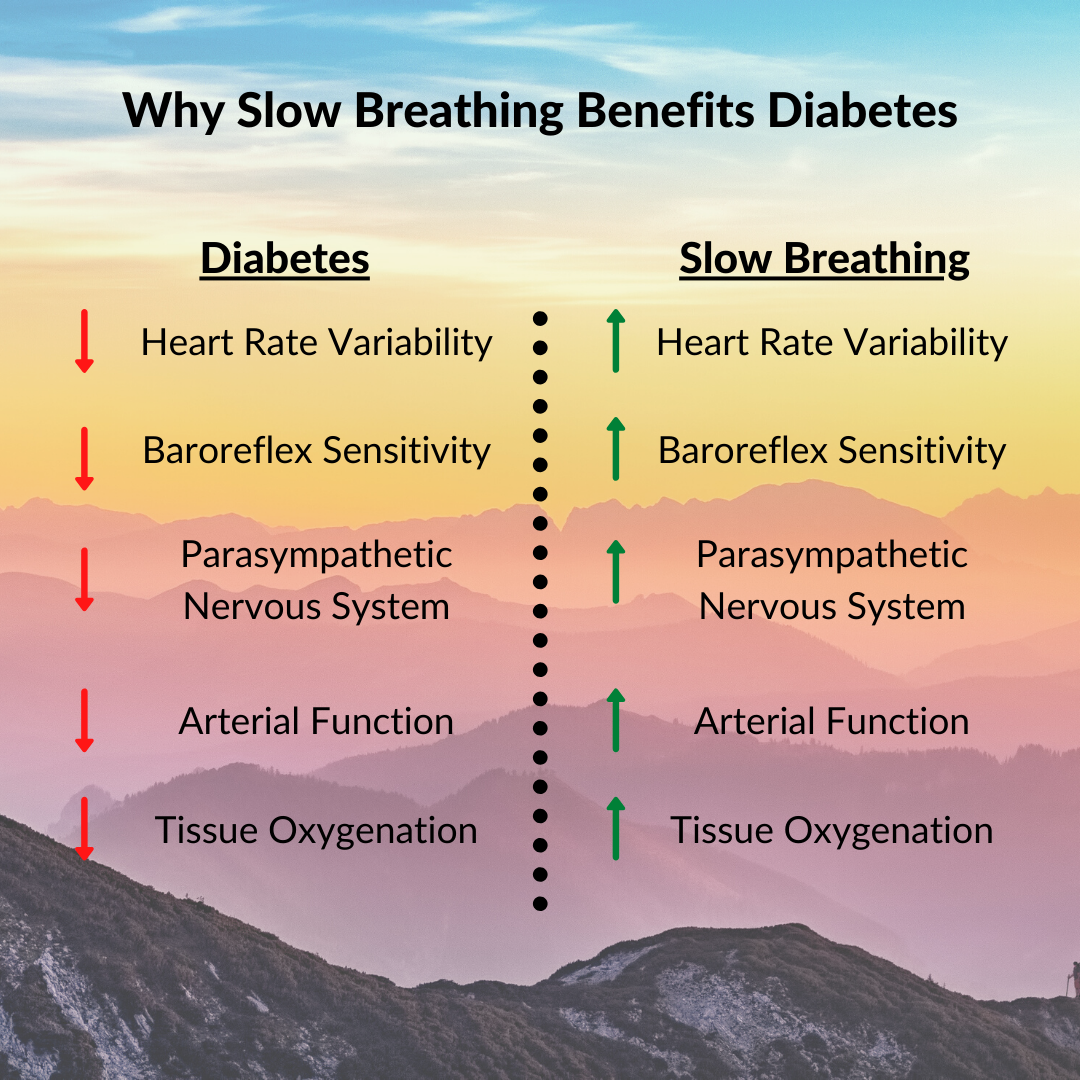Listen Instead of Reading
If you enjoy listening, you can subscribe to the audio version on Spotify, Apple Podcasts, and Audible so you don’t even have to look at the email 😊
4 Thoughts
1. How to Make Spiritual Progress
“[B]reath is the animated, nonphysical aspect of your being. So that when you look in the direction of breath, when you focus your attention on your breath, you are really looking at your spiritual self.”*
- Andrew Weil, MD, Breathing: The Master Key to Self Healing
This is why Dr. Weil also says that “if you do nothing other than pay attention to your breath today, for a few seconds more than you did yesterday, you have increased your spiritual awareness. You have made spiritual progress.”*
Sounds good to me 🙏
P.S. My New #1 (and 23 Years Ago)
This tape, Breathing: The Master Key to Self Healing (released 23 years ago!), will now be my #1 recommendation for anyone beginning with breathing.
It’s not “perfect,” but it’s less than 2 hrs and has basically everything we need to start a breath practice. It was one of my favorite listens in a really long time 🙏
2. Should We Exhale through Our Nose our Mouth?
This is one of the most common questions I receive. There’s no perfect answer, but here are my rules of thumb, which you might find helpful:
Nasal exhales: This should be the default breathing we use most of the time.
Mouth exhales: This can be used for (1) deeper relaxation during slow breathing, (2) learning to extend your exhales, and (3) during exercise.
3. Strengthen the Inflammatory Reflex with Slow Breathing
“It was proof that as well as slowing the heart, the vagus nerve can act as a powerful brake on inflammation. Tracey called this the ‘inflammatory reflex.’ … If the brain detects a signal via the vagus nerve that inflammation has been activated in the body, it swiftly fires a return signal to calm it down again.”
- Jo Marchant, Cure: A Journey into the Science of Mind Over Body
Here’s another reason why a regular slow breathing practice, which increases vagal tone, is so powerful: it might strengthen our “inflammatory reflex.”
Here’s to using our breath to put the brakes on inflammation, today : )
4. Two Breaths at Once
You can’t breathe two breaths at once.
So focus on this one.
And watch your mindfulness and spiritual awareness grow.
1 QUOTE
“Of all the techniques that I have investigated for reducing stress and increasing relaxation, it is breathwork that I have found to be the most time-efficient, the most cost-efficient, and the one that most promotes increased wellness and optimal health.”
1 ANSWER
Category: Breathing-Related Reflexes
Answer: Another critical reflex that is modified by our breathing rate is this, which keeps blood pressure within safe limits.
…
(Cue the Jeopardy! music.)
…
Question: What is the baroreflex?
In good breath,
Nick Heath, T1D, PhD
“Breathing is the compound interest of health & wellness.”
Breathing for Diabetes Online Course ($99):
If you love learning about breathing, want to live a healthier life, or just want to support my work, I think you’ll really enjoy this class (diabetes or not).
* An asterisk by a quote indicates that I listened to this book on Audible. Therefore, the quotation might not be correct, but is my best attempt at reproducing the punctuation based on the narrator’s pace, tone, and pauses.
Sign Up For The Breathing 411
Each Monday, I curate and synthesize information from scientific journals, books, articles, and podcasts to share 4 thoughts, 1 quote, and 1 answer (like "Jeopardy!") related to breathing. It’s a fun way to learn something new each week.



